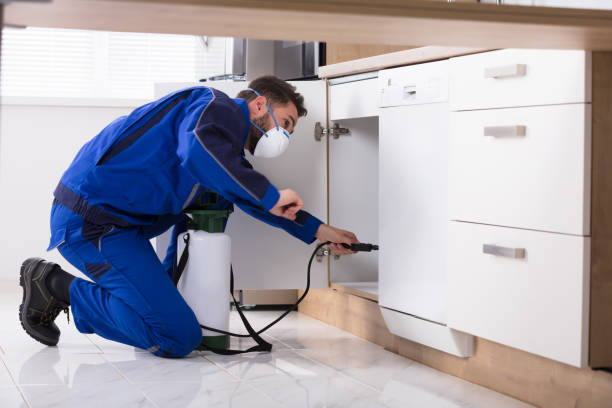Chlordane

Chlordane was used to treat over 30-million homes in the USA for termites and was then banned in 1988. Safe Home offers a few kits that provide drinking water testing for chlordane in city water and well water supplies.
Parameter Type: Drinking Water Testing for Volatiles
Parameter Name:Chlordane
What it is and Where it Comes From:
Chlordane is an insecticide and is an organochlorine compound used as a pesticide. Chlordane is a thick, liquid man-made chemical whose color ranges from colorless to amber. Chlordane is not soluble in water and is either odorless or has a mild, irritating odor. In the United States, chlordane was used for termite-treatment of approximately 30 million homes until it was banned in 1988. When used for termite control, it is applied to the soil by subsurface injection. Chlordane is a versatile, broad-spectrum contact insecticide used mainly for nonagricultural purposes (primarily for the protection of structures, but also on lawn and turf, ornamental trees, and drainage ditches). It is also used on corn, potatoes, and livestock. Chlordane was banned 10 years earlier for food crops like corn and citrus, and on lawns and domestic gardens. Drinking water testing gives you several benefits like peace of mind, identifying contaminants in your water, and insight into health concerns. Safe Home offers Laboratory drinking water testing kits for chlordane, allowing you to collect your water sample and ship it directly to our EPA-Certified Laboratory. This platform of drinking water testing for chlordane will give you an accurate level based on the lowest level of a parameter our instruments can detect (Method Detection Level). Safe Home drinking water testing for semi-volatiles can be used for city and well water supplies. Drinking water testing should be done any time you notice a significant change in your water quality.
Health Effects:
Ingesting higher amounts of the contaminant in tap water is toxic and may lead to serious health problems, including diabetes and cancer. Neurological effects, such as excess salivation, labored breathing, headache, dizziness, irritability, and convulsions, deep depression, and effects on the blood such as anemia and certain types of leukemia have been seen from acute chlordane exposure in animals and humans. Chlordane has the potential to damage liver, kidneys, heart, lungs, spleen, and adrenal glands from long- term exposure at levels above MCL. Chlordane is considered to have high acute toxicity based on short-term animal tests in rats. Animal studies have reported liver cancer in mice and male rats exposed to chlordane via ingestion. EPA considers chlordane to be a probable human carcinogen and has classified it as a Group B2 carcinogen. EPA has calculated an oral cancer slope factor of 0.35 ppm.
Solutions to Contaminant Levels:
What are the next steps after drinking water testing? According to the EPA, the best way to remove chlordane from tap water is with the use of granular activated carbon. You can remove the contaminant to below the MCL set be the Environmental Protection Agency with a water filter system. A filter with granular activated carbon (GAC) is a proven option to remove certain chemicals, particularly organic chemicals, from water. GAC filters also can be used to remove chemicals that give objectionable odors or tastes to water such as hydrogen sulfide (rotten eggs odor) or chlorine. Activated carbon is a porous material that removes organic compounds from liquids and gases by a process known as “adsorption.” In adsorption, organic molecules contained in a liquid or gas are attracted and bound to the surface of the pores of the activated carbon as the liquid or gas is passed through. Adsorption occurs on the internal surface of activated carbon, termed the adsorbent. During adsorption, liquids or gases pass through the highly porous structure of the activated carbon. The compound(s) to be removed, termed the adsorbate(s), diffuses to the surface of the adsorbent, and is retained because of attractive forces. The primary raw material used in the production of our activated carbons is bituminous coal that is crushed, sized, and processed in low temperature bakers followed by high-temperature activation furnaces. Activation develops the pore structure of the carbon. Through adjustments in the activation process, differentiated pores for a particular purification application are developed. Who do I need to contact to find out more information about water quality in my area? Every community water supplier must provide an annual report to its customers, known as a Consumer Confidence Report (CCR). The report provides information on your local drinking water quality, including the water’s source, contaminants found in the water, and how consumers can get involved in protecting drinking water. How often does the local public water system preform drinking water testing? Frequency of drinking water testing depends on the number of people served, the type of water source, and types of contaminants. Certain contaminants are tested more frequently than others, as established by the Safe Drinking Water Act. You can find out about levels of regulated contaminants in your treated water for the previous calendar year in your annual Consumer Confidence Report (CCR).


